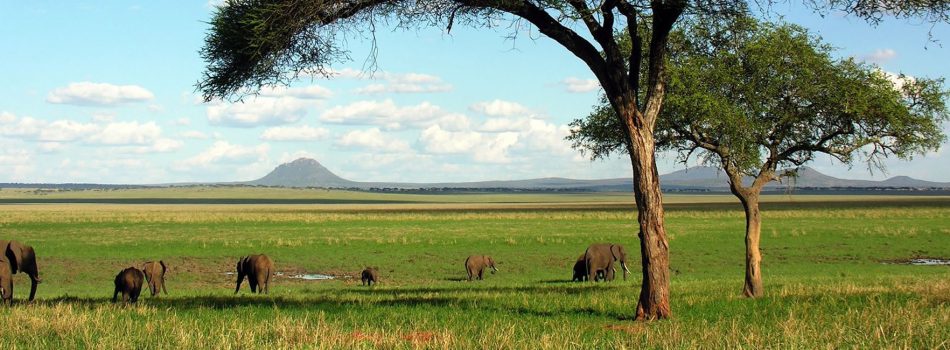
Lake Manyara National Park is a protected area in Tanzania’s Arusha and Manyara Regions, situated between Lake Manyara and the Great Rift Valley. It is administered by the Tanzania National Parks Authority, and covers an area of 325 km2 (125 sq mi) including about 230 km2 (89 sq mi) lake surface. More than 350 bird species have been observed on the lake.
Lake Manyara Wildlife
Lake Manyara has a big number of elephants, so many giraffes; zebras, wildebeests, impalas, waterbucks, and warthogs, the less-known shy Kik’s dik dik as well as the Klipspringer that dwell along the ramps of the escarpment. Leopards are hosted within the scattered forests and escarpment, while the healthy population of lions that are widely known for their unique tree climbing capability. In addition, you will not fail to notice the very large number of baboons in this park which can live in sizeable troops of up to 200 members.
The Tree Climbing Lions of Lake Manyara NP
One would wonder, are there tree climbing lions in Lake Manyara National Park? Well, there is a thriving population of unique lions in the park which have the capability to climb tree; being nocturnal animals the animals spend most of their day resting up in the big fig trees and at sunset they descend when the temperatures are cooler. This is one of the only two populations of these unique lions the other being in Ishasha area in Queen Elizabeth National Park
Bird watching in Manyara
With a Bird list of more than 350 species and an alkaline within the park’s boundaries, Lake Mmanyara National Park is without a doubt one of the best places to visit on a Tanzania Birding Safari. Large flocks of pelicans and pink flamingos are usually spotted in the middle of the lake. While the spoonbills, egrets, herons, stalks and other waders converge around the edges and water meadows. Other habitats such as the evergreen forests and other woodlands serve as a safe haven to many other species like the crowned eagles, created guinea fowl, and the noisy silvery cheeked hornbills.

